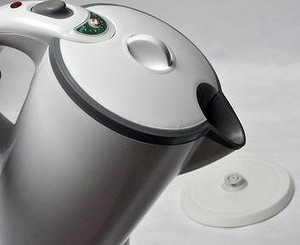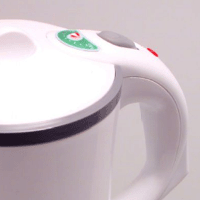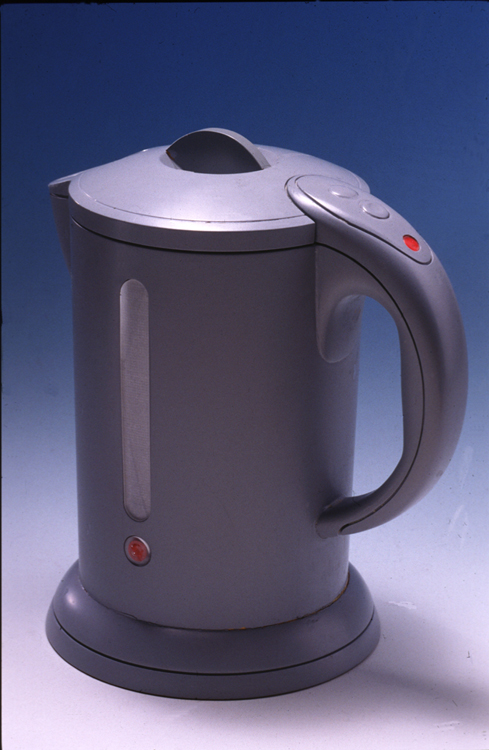/Apr 23, 2016

Examples of innovative ideas born out of Melbourne showcased amongst the iPod, WI-FI and the new Black Box Exhibit, includes the Kambrook AXIS 360 degree cordless Kettle.
This was founder, Michael Grima's, first foray into the Industrial Design world back in 1992 working for Kambrook as a Product Designer under the guidance of Phillip Higgins, group R&D Manager of our 2 man I.D team.
"Teaming up with Phillip Higgins and the broader Kambrook R&D team we worked with a myriad of local leaders in design and sustainability including RMIT National Centre for Design, Millard Design (Auto specialists) and Form Australia (I.D consultancy) to develop what was then the world's first 360-degree cordless base kettle."
.jpg)
Consumer Led Design
The AXIS kettle was not only unique in the cordless base's flexibility but its world-first usage of thermochromatic inks to change consumer behaviour.
"The key insight from the LCA study was that the majority of energy use was actually made by the consumer re-boiling the kettle."
Often consumers would walk out of the kitchen to allow the kettle to boil. When they return if the kettle were turned off they would turn it back on again and waste further energy when in actual fact the water was hot enough for consumption. The thermochromatic ink label applied to the “fuel-gauge” was the casual cue required to "teach" the consumer that if it was black it was hot enough for a beverage - thus communicating no need for a re-boil.
The AXIS Kettles world firsts

Sustainability led design
The unique nature of the project and its sustainability cues could not have been possible without the deep analysis and LCA conducted by the RMIT Centre of Design. Doyens of today’s suitability industry such as John Gertsakis, Helen Lewis and Adam Sweatman were all instrumental in the LCA report that highlighted and identified many areas of improvement such as:
3D Printed iterative development - Circa 1993
Utilised SACFM (South Australia Centre for Manufacturing) stereolithography service (commonly known as 3D printing) for the prototyping, development and testing of the iterative design process.
In 1993 this centre was the only facility in the country offering this unique service to Australian manufacturers. Kambrook was one of the first Australian company’s to adopt the usage of this new to the world technology (Developed in 1986) to assist in fast-tracking the Industrial design process from 2D designs converted to 3D skins with the assistance of Millard Design's Automotive department.
It was a precursor to Kambrook purchasing one of the first 3D CAD design stations in the country utilising Hewlett Packard’s Solid Designer v1.0!

The AXIS kettle was a winner of the 1995 Australian Design Award and is a permanent exhibit in the Australia Design Awards - Power House Museum Selection programme